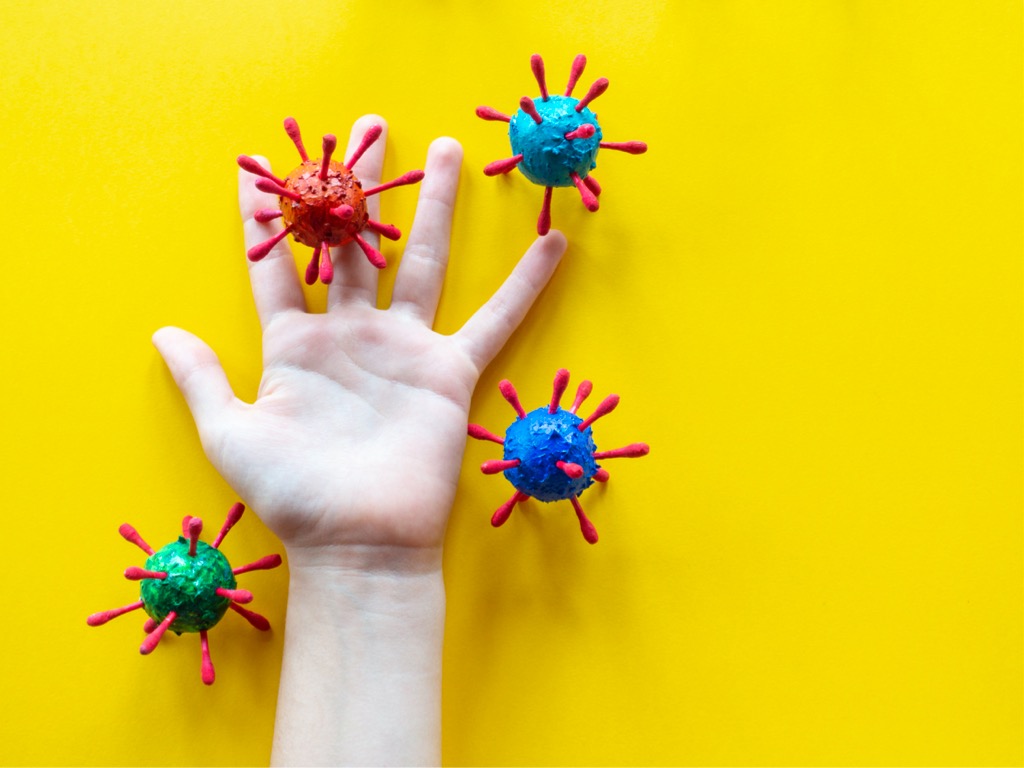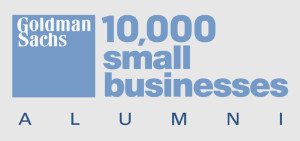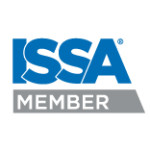Cleaning High-Touch Surfaces in the Wake of Covid-19
You’ve most likely expanded your facility’s cleaning measures to keep employees, clients, and visitors safe during this very challenging time. However, did you include in your new plan a way to keep the most at-risk high-touch surfaces of your business sanitized amid COVID-19 and flu season?
In this article, we’re going to focus on these high-touch surfaces – what they are, why you need to pay special attention to them, and how to do it.
What are High-Touch Surfaces?
The CDC describes high-touch surfaces as: “tables, doorknobs, light switches, countertops, handles, desks, phones, keyboards, toilets, faucets, sinks, etc.”
This is a great reference, but the list doesn’t end there. It’s important to note that the most hazardous surfaces can vary from building to building and space to space. You need to become familiar with your particular facility to determine which types of objects get the most use. Pay special attention to where people tend to gather the most. Does your building use elevators? Those floor buttons should be on your list. Do your employees share devices like cash registers, keyboards, or headsets? If possible, limit sharing, or at least be sure to thoroughly sanitize them between use.
How Does COVID-19 Spread on Surfaces?
Should you be overly concerned with high-touch surfaces if coronavirus and flu are known to spread via airborne respiratory droplets? Yes! Even though the CDC has confirmed that viruses, like flu and COVID-19, are transmitted when infected individuals cough and sneeze, releasing virus particles into the air, it’s still possible to become sick by coming into contact with contaminated surfaces. When respiratory droplets land on high-touch surfaces like light switches, tables, handrails, and knobs, germs can linger.
According to the National Institutes of Health, coronavirus is an extremely contagious virus and can survive on certain surfaces from hours to days. The types of surfaces where the virus can last the longest include plastic, stainless steel, and cardboard, while only lasting up to four hours on copper.
Transmission occurs when someone touches a contaminated surface and then touches their eyes, nose, or mouth before washing their hands for at least 20 seconds or using a hand sanitizer with at least 60% alcohol. To reduce the spread from high-touch surfaces, we need to continue being diligent about cleaning and disinfecting more frequently.
CDC Cleaning and Disinfecting Guidelines
The CDC recommends that high-touch surfaces be cleaned with a soap and water solution followed by an EPA approved disinfectant like bleach. The bleach should remain on the surface for at least five minutes before removal. Instead of nightly and/or weekly cleaning, staff should address high-touch surfaces multiple times each day while increasing the frequency of deep cleanings. They should also wear personal protective equipment such as gloves, masks, gowns, or suits.
It’s crucial to outline your cleaning and sanitization procedures in writing and implement a checklist for your team, so areas are not missed. And finally, training in facility standards and processes, including current CDC guidelines, is a must.
Officials have long feared how a rising COVID-19 pandemic could intersect with the 2020-2021 flu season, making a tough year even worse. As the flu season ramps up and coronavirus cases rise again across the country, it’s more important than ever for business owners and property managers to stay vigilant. Including the best practices in this article will help you do that.
Or, skip this arduous task altogether and outsource it to cleaning experts like us. Jidan Cleaning is adept in the latest procedures, protocols, and guidelines and uses only the most advanced techniques.
Reach out today for a free estimate and to learn more about how we can help safeguard your business from dangerous germs and bacteria.








